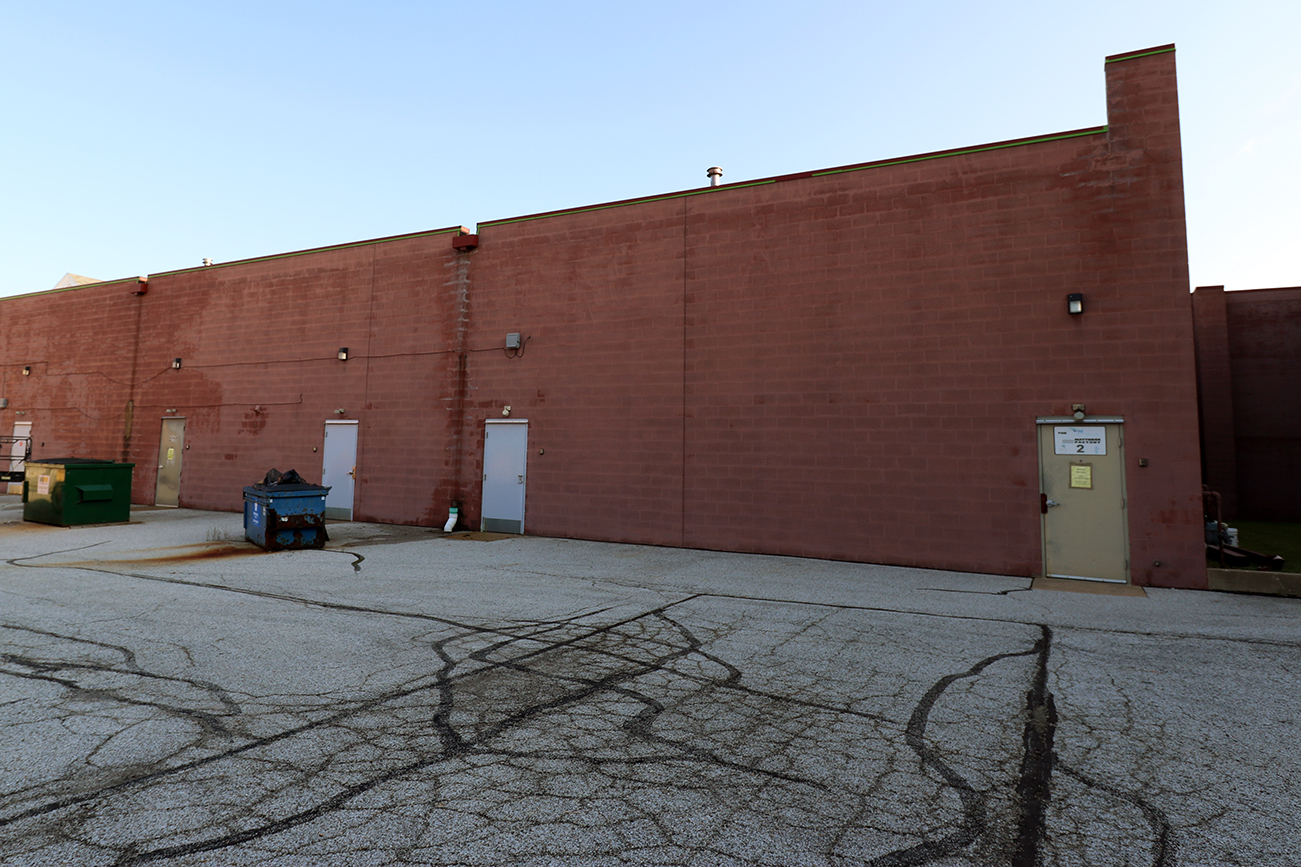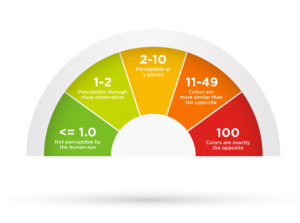UV Rays and Color Fade for Roofs
(Posted )
The hottest colors this season are the ones that don’t fade, especially for visible roofs. The sun’s UV rays will likely fade color, especially on painted surfaces. However, there are methods to resist fade and select the right colors for different applications.
Why Does Color Fade?
Color fades over time due to photodegradation. Ultraviolet rays can break down chemical bonds and fade the color of an object. Color fade can happen in any climate and on any object, including clothing, tarps, and painted surfaces of a building.
Unfortunately, not all color fades the same. The same color on the same building will fade differently depending on sunlight and weather exposure.


Generally, the more neutral the color, the less noticeable the fade. Colors like whites, tans and grays fade less than greens, blues, and reds.

Measuring Fade
ASTM D2244 is the standard testing method for quantifying the difference between two colors or measuring the level of fade. For fade studies, an original reference color is scanned using a colorimeter to produce a measurement in a 3-coordinate scale. Then an aged color sample is scanned to produce the same measurement. Using the defined calculations for the difference in color, a quantity called Δ E is calculated and represents the level of fade or change from the original intended color.
Delta E is measured on a scale of 1 – 100. Low Delta E figures indicate greater accuracy, meaning a better color match, while high Delta E figures indicate a significant mismatch.





